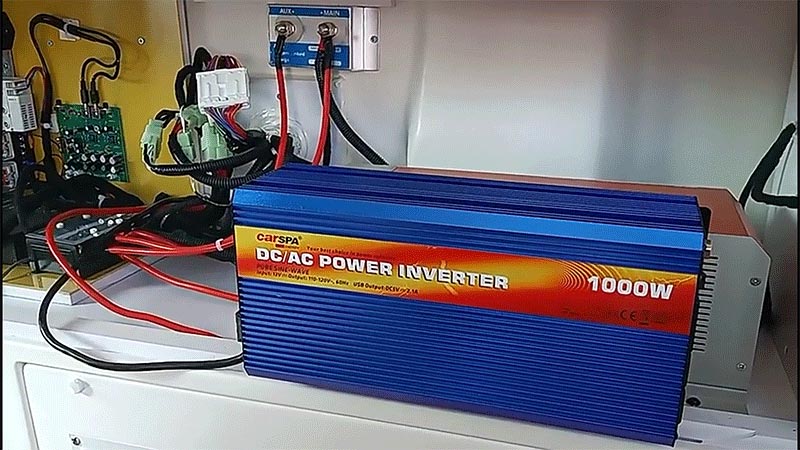What should we do if there is no government power supply?
In modern society, electricity is an integral part of our daily lives. From lighting to insulation, from communications to entertainment, almost every household device relies on a stable power supply. But how should we respond if government power supply is interrupted? This article explores how battery storage and inverter technology can be used to ensure the normal operation of important equipment in the home.

Basic configuration of battery energy storage system
The battery energy storage system mainly includes the battery body, charge controller, inverter and related connection accessories. As the core of the system, the battery is responsible for storing electrical energy. Common types include lead-acid batteries, lithium-ion batteries, etc. Lithium-ion batteries are widely used in home energy storage systems due to their high energy density and long life.
The function of the charge controller is to manage the charging process of the battery, protect the battery from being overcharged or overdischarged, and extend the service life of the battery. The function of an inverter is to convert the direct current (DC) stored in the battery into alternating current (AC) that can be used by household devices.
Selection and application of inverter
Inverters can be divided into pure sine wave inverters and modified sine wave inverters according to their functions. The current output from the pure sine wave inverter has higher quality and is more suitable for supplying precision electrical appliances, such as medical equipment, high-end audio equipment, etc. Modified sine wave inverters cost less, but may cause interference to some equipment.
When choosing an inverter, you should consider the total power and starting power of the devices in your home. Generally, households can choose inverters with a power of 1-5 kW, which can meet the needs of most home appliances and some emergency survival equipment.
System installation and maintenance
System installation requires professional knowledge and is recommended to be performed by professionals. The installation process includes the configuration of the battery pack, the connection of the inverter, and the setting of the system's ground wire and protection measures.
Maintenance of battery energy storage systems mainly includes regularly checking battery voltage and capacity, cleaning connection points to prevent oxidation, and checking the working status of the inverter. Proper maintenance can significantly extend the life of your system.
Backup plans for power outages
In addition to battery energy storage systems, homes can also consider installing solar photovoltaic panels. Solar panels can generate electricity during the day and store it into the battery through a charge controller to achieve all-weather power supply.
In extreme cases, a generator can also be provided as a backup power source. Generators can provide emergency power support when there is no sunlight or the battery is exhausted, ensuring the basic power needs of the home.
Summary
Although government power supply is the most convenient source of electricity, with proper configuration of battery energy storage systems and inverters, households can be completely self-sufficient without external power supply, ensuring the normal operation of living and survival equipment. In this way, we can not only cope with sudden power outages, but also reduce our dependence on the power grid and achieve sustainable use of energy in our daily lives.




